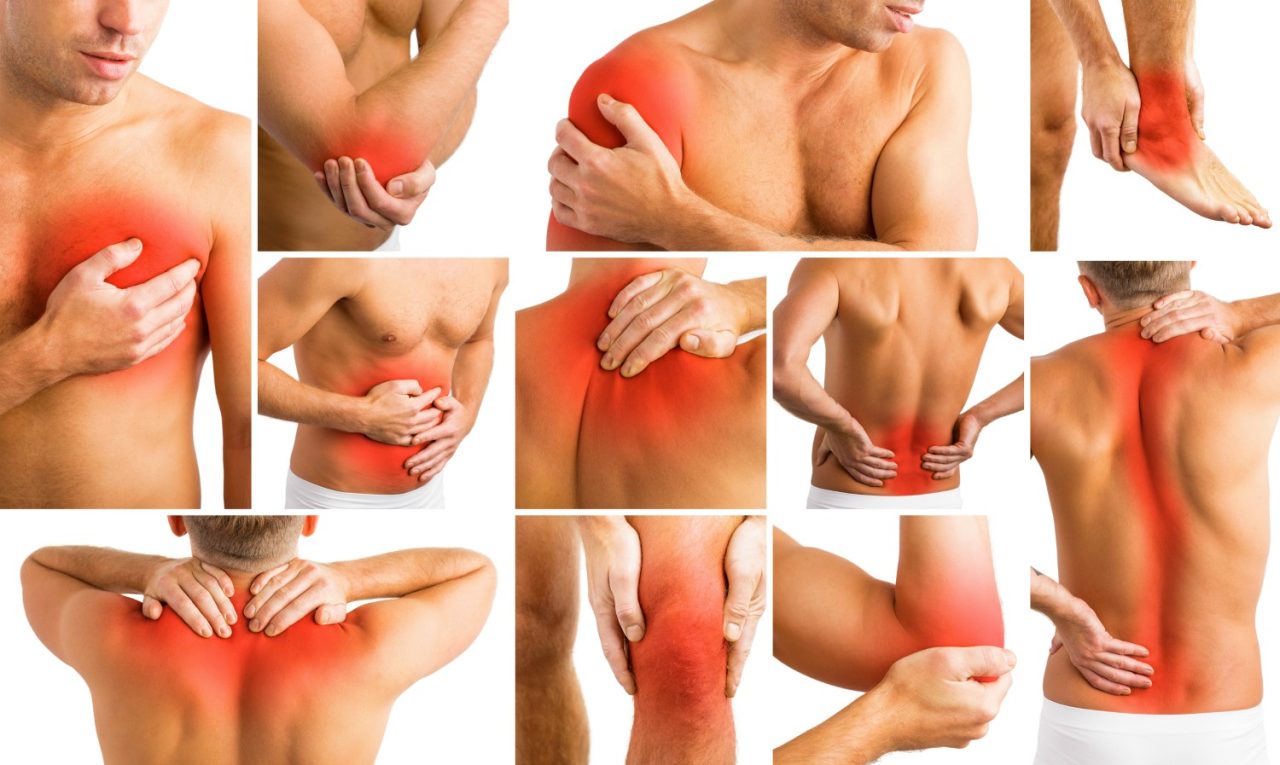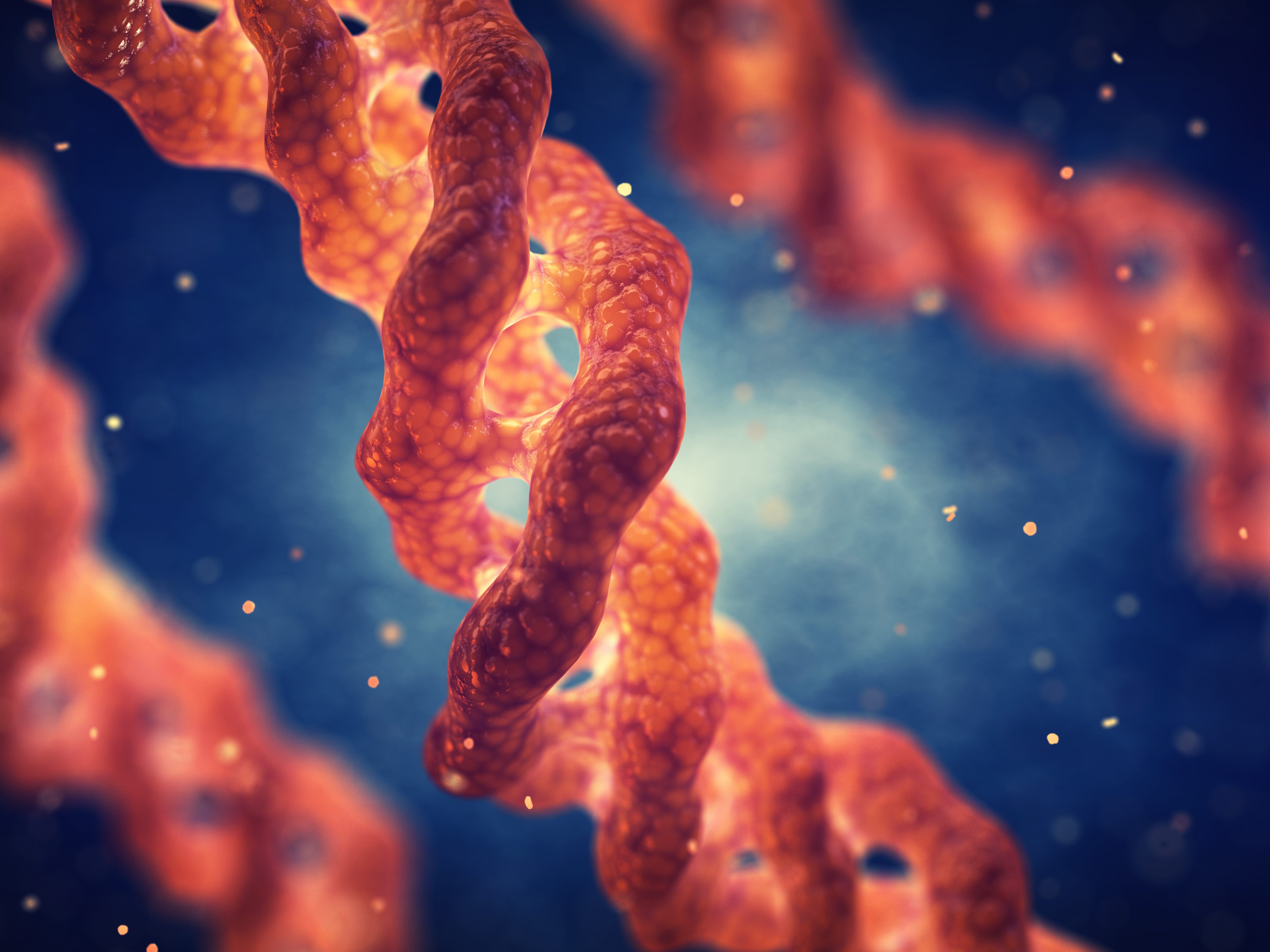“At this point in time, I put EDS in the category of being in the top three or four most severe pain problems. A lot of people for example think that cancer pain is the worst pain, but let me assure you that many EDS patients have pain far beyond any cancer patient I've ever seen. And so it's one of the pain problems that is severe, has been very troublesome, many physicians are afraid of the disease and of the kind of pain that EDS patients have.”
– Dr. Forest Tennant
Understanding Connective Tissues:
Connective tissue provides strength and flexibility to structures such as bones, ligaments, muscles, organs, and blood vessels and they typically involve a problem with one or more of the proteins. EDS is the most prevalent connective tissue disorder amongst Chiarians and it involves a mutation in our bodies collagen. There are over 200 identified Heritable Disorders of Connective Tissue (HDCTs),[2] conditions such as Marfan Syndrome, Loeys-Dietz Syndrome, Stickler Syndrome, Osteogenesis Imperfecta, Pseudoxanthoma Elasticum, and Epidermolysis bullosa - all involve one of the many proteins that make up our bodies connective tissues. Ehlers-Danlos Syndrome(s) involve a genetic mutation of one or more of our collagen proteins, at a cellular level. There are currently thirteen known subtypes, each involving a different mutation and varying degrees of symptoms, but all symptoms can cross over from one subtype to the next.
Collagen Makes Up 30-40% of the Proteins in the Human Body[3]...
Collagen is often likened to the glue that holds us together. Just as our skin has collagen and as we age we see the effects with sagging eyelids, cheeks and neck areas; our brains have collagen which helps them to keep their form. Your spine is a mass collection of vertebrae bound together by connective tissue and the protein that binds each disc together is collagen. Imagine, if you will, the difference between something being bonded together with Gorilla Glue versus watered down Elmer’s Glue: the creation using Elmer’s Glue wouldn’t be as strong. The consistency of Elmer’s Glue could easily cause anything being held together by it to lose its form and prolapse/herniate.
Understanding the Chiari/Ehlers-Danlos Connection:
The same theory can be used to explain why many of us with Ehlers-Danlos acquire what ends up diagnosed as a Chiari Malformation. EDS is known for causing organ prolapses and your cerebellum really is just a complex organ.[4] Therefore, it is a matter of concern that so many surgeons find herniated cerebellar tonsils, diagnose it as a Chiari Malformation, assume it to be congenital (since most of the literature simply says that an Acquired Chiari is rare without ever defining what would constitute an Acquired Chiari Malformation) and offer relief from decompression surgery, without checking for any pathological conditions that might be causing this hernia of the cerebellar tonsils. Even if a posterior fossa hypoplasia is confirmed, it is irresponsible not to give adequate attention to all the other possibilities when decompression surgery will forever change the patient's cranial anatomy, opening the door to a host of additional problems. And if unaddressed, those pathologies that caused the prolapse in the first place will still be present after decompression, with a newly enlarged foramen magnum to fall further into.
The Diagnosis Criteria
There are many fears associated with a diagnosis of EDS, for patients and doctors alike. Some of these fears are warranted as there are life-threatening complications associated with it. However, the failure to be properly diagnosed does not stop one from having these complications, it only serves to increase the time it takes for doctors to understand the depth and severity of the complications when they happen (and that loss of time can be costly).

All rights reserved.




